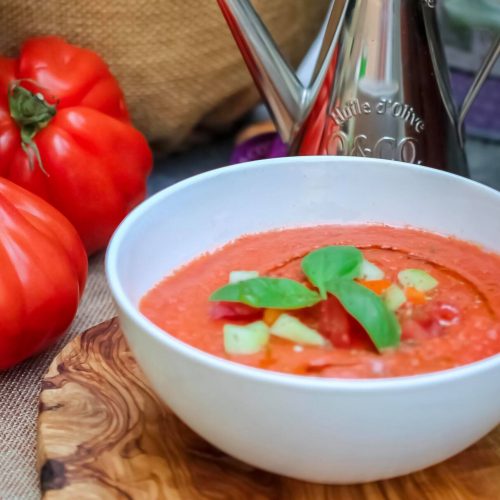
Easy and Healthy Spanish Recipes
Dear Emily,
We love the Mediterranean diet (you can read more about our love for it here and here). We find that this diet full of fresh produce allows us to create balance when combined with no so healthy things like fried fish or calamari. That is why we want to share with you some easy, healthy Spanish recipes in case you want to make Spanish food at home. Most of these recipes can be used as part of a tapas spread or as part of a larger meal.
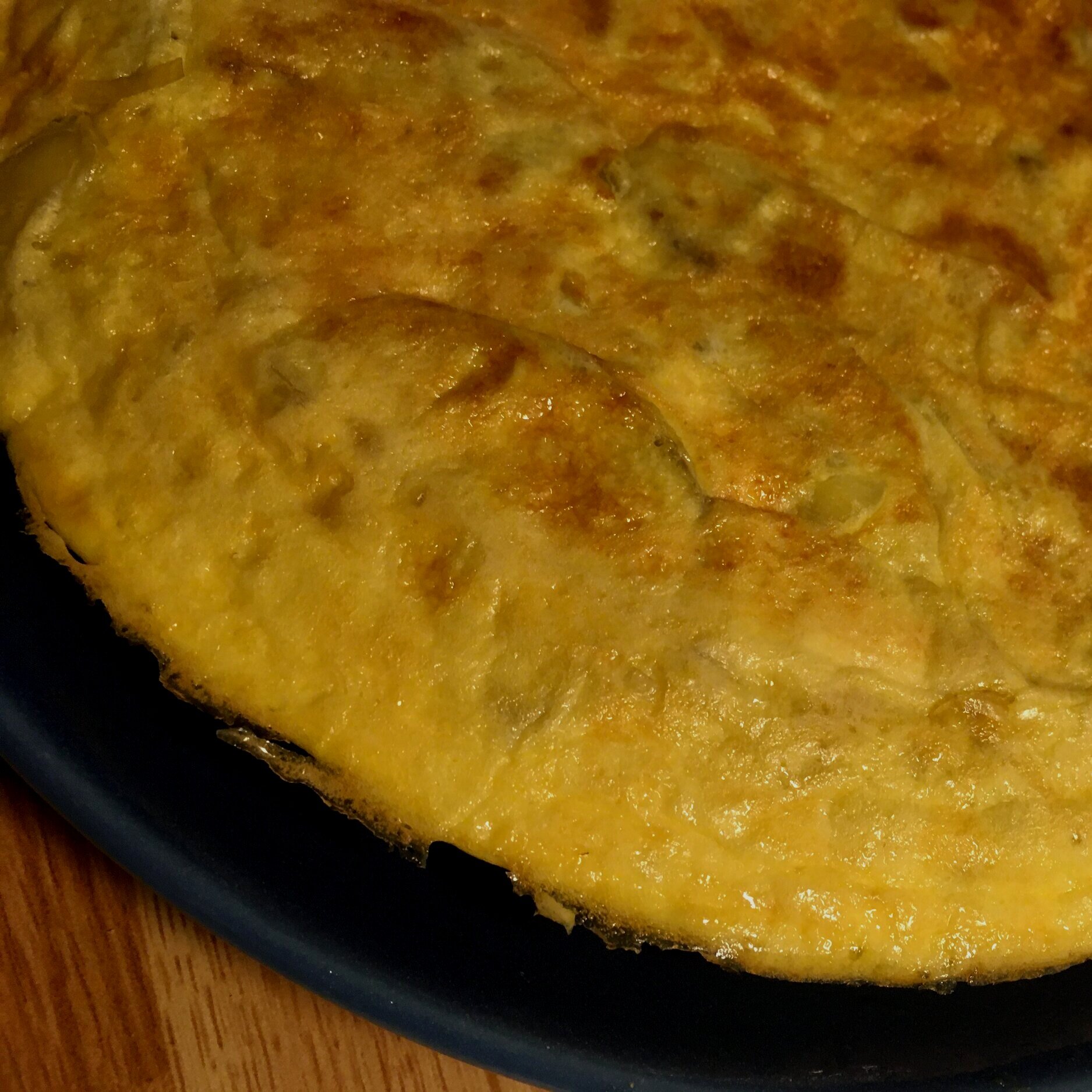 Tortilla de patatas
Tortilla de patatas
Also known as tortilla española, this is what we refer to in English as a Spanish Omelette (the literal translation of tortilla española). You can have many different kinds of tortilla in Spain—tortilla francesa, French Omelette, for example is just eggs—but this one is the most popular and most famous worldwide. You can read more about the history of this dish here.
You can try our own recipe in the link or test out this one from: Tastes Better from Scratch
Patatas bravas
The literal translation of this dish is brave potatoes. What does that really mean? It means chunks of fried potatoes with a spicy sauce. Now, you have to keep in mind that while Spanish foods are flavorful (read more about how they season in this post), they are not usually spicy. That means that finding truly spicy patatas bravas might be a bit of a challenge. Our top tip? Find a place that has homemade sauce and you will likely enjoy what is served.
Our recommended recipe from: Spain on a Fork
Pimientos al padrón
These little green peppers are often pan fried or deep fried and sprinkled with flaky sea salt before serving. If you have never had one before, they are light but delicious and a great snack to have on the table. Be aware, however, that although most of the peppers are mild in flavor, they say one in ten should be quite spicy (keeping in mind the spicy comment above). This is also a great traditional Spanish food for vegetarians and vegans and they are naturally vegan.
Our recommended recipe from: K33 Kitchen
Gazpacho
Summers in the south of Spain are hot and many summer meals, like gazpacho, are meant to help cool you down. This is a cold, raw tomato soup with cucumber and green bell pepper blended together until smooth. Other ingredients can be used to compliment these flavors. Some suggestions you will find are a heavy dose of garlic to make a spicier gazpacho or fruit to make a sweet version. While this might seem like an odd addition to your meal, it is very light and refreshing on a hot day. This dish is also mainly vegetarian or vegan.
Our recommended recipe from: Lavender and Macarons
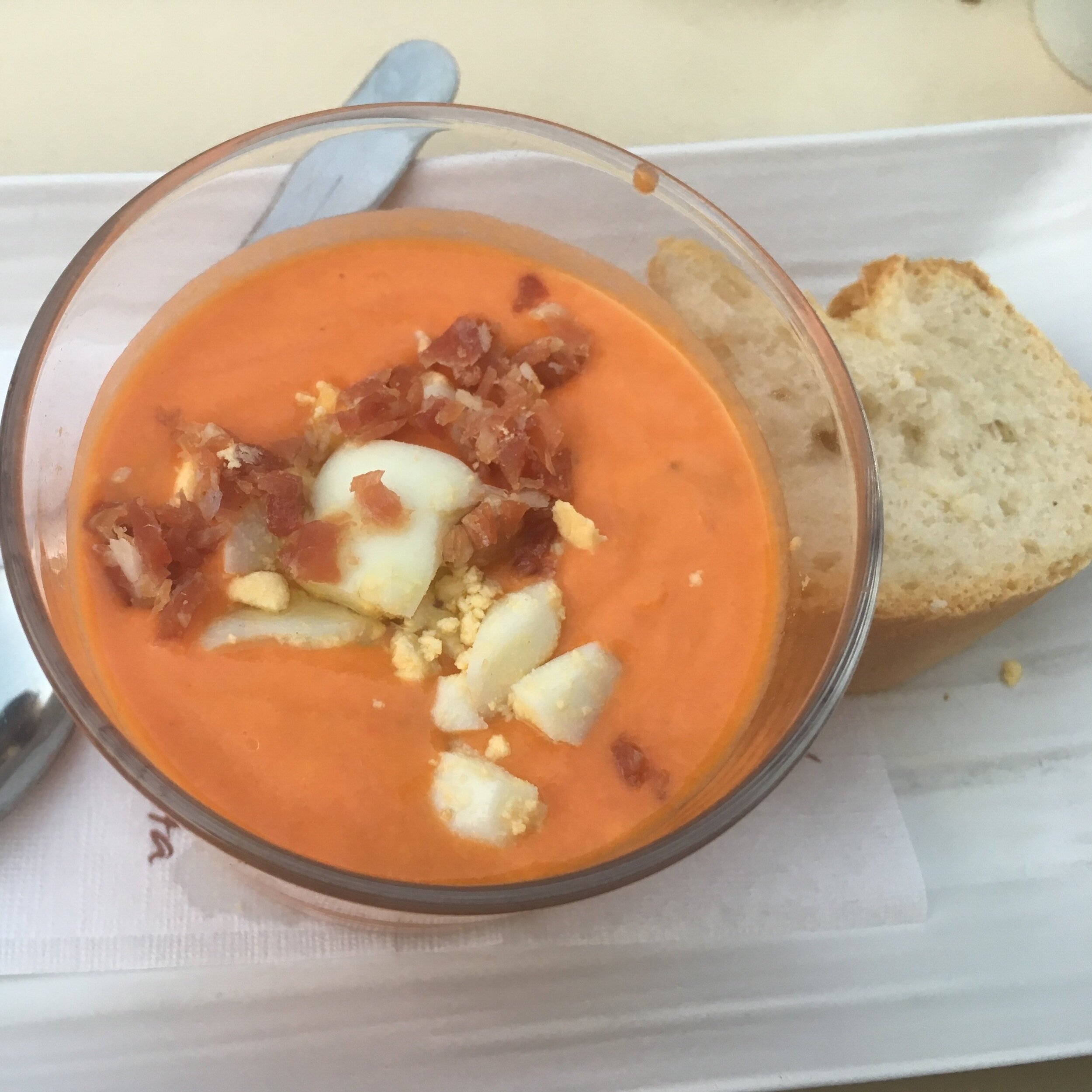 Salmorejo
Salmorejo
Another cold soup to help you cool down in the heat of the day, salmorejo is like a thicker version of gazpacho, thanks to the hefty amount of bread added before blending to give it extra body. Where gazpacho will feel much lighter, salmorejo will help fill you up if you are quite hungry. This cold soup goes classically well with cold tortilla de patatas and a nice salad for a hearty but cool lunch in the summer. This soup is often accompanied by slices of egg and jamón.
Our recommended recipe from: Nick Malgieri
Note: Still not clear on the difference between gazpacho and salmorejo? Check out this deep dive article where we discuss the finer details even more!
Ensaladilla rusa
Literally translated to Russian salad, ensaladilla rusa is a Spanish version of potato salad. It is usually made with a combination of eggs, tuna, olives, and mayonnaise. While this is not necessarily our favorite easy Spanish recipe, it is relatively easy and many people really enjoy this dish. In Spain, it is often served with picos de pan or other small, bread-stick-like snacks to help scoop it up.
Our recommended recipe from: My Humble Kitchen
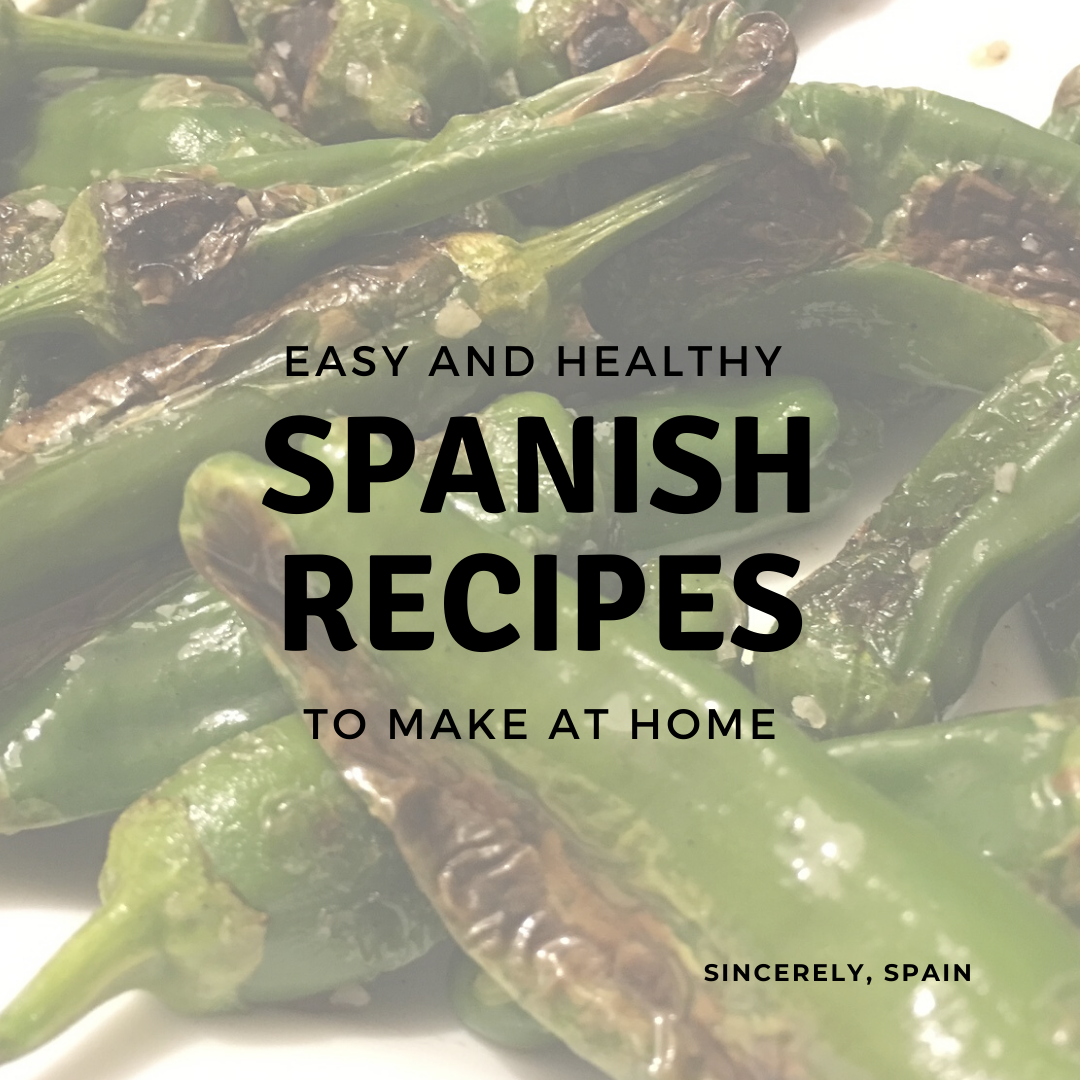 La pipirrana
La pipirrana
This Spanish summer salad is fresh, cool salad that is usually made with onion, tomato, and green peppers. In different regions or cities (or even families), you will find that people add white beans, tuna, or egg. The dressing is often just a good dose of olive oil, a splash of vinegar, and salt. This salad itself is delicious, but we also love dipping fresh bread into the sauce that is left at the bottom of the bowl.
Our recommended recipe from: The Spruce Eats
Romesco sauce
This sauce, mainly found in Catalonia, is a delicious addition to any spread and goes well with fish, meat, and vegetables. It is made from a base of roasted red bell peppers blended together with a bunch of seasoning and almonds for texture. We recommend whipping up a batch, throwing a bunch of stuff on the grill and dipping it into the sauce. Alternatively, it can also be a vegetable-based great dip to go with your chips or crackers.
Our recommended recipe from: Recipe Tin Eats
Pan con tomate
This is another Catalan recipe that many people seem to think is often eaten as a tapa all around Spain. While you might find it on the menu, rubbing bread with garlic before adding tomato is a tradition found mostly in the region around Barcelona. We, however, think this dish is delicious and highly recommend adding it to your spread if you are looking for something a bit different.
Our recommended recipe from: K33 Kitchen
With this short list of easy but healthy Spanish recipes you can enjoy Spain while being far away (or many just out of cooking ideas). We will be back with more ideas in the future but, for now, make sure to accompany your recipes with:
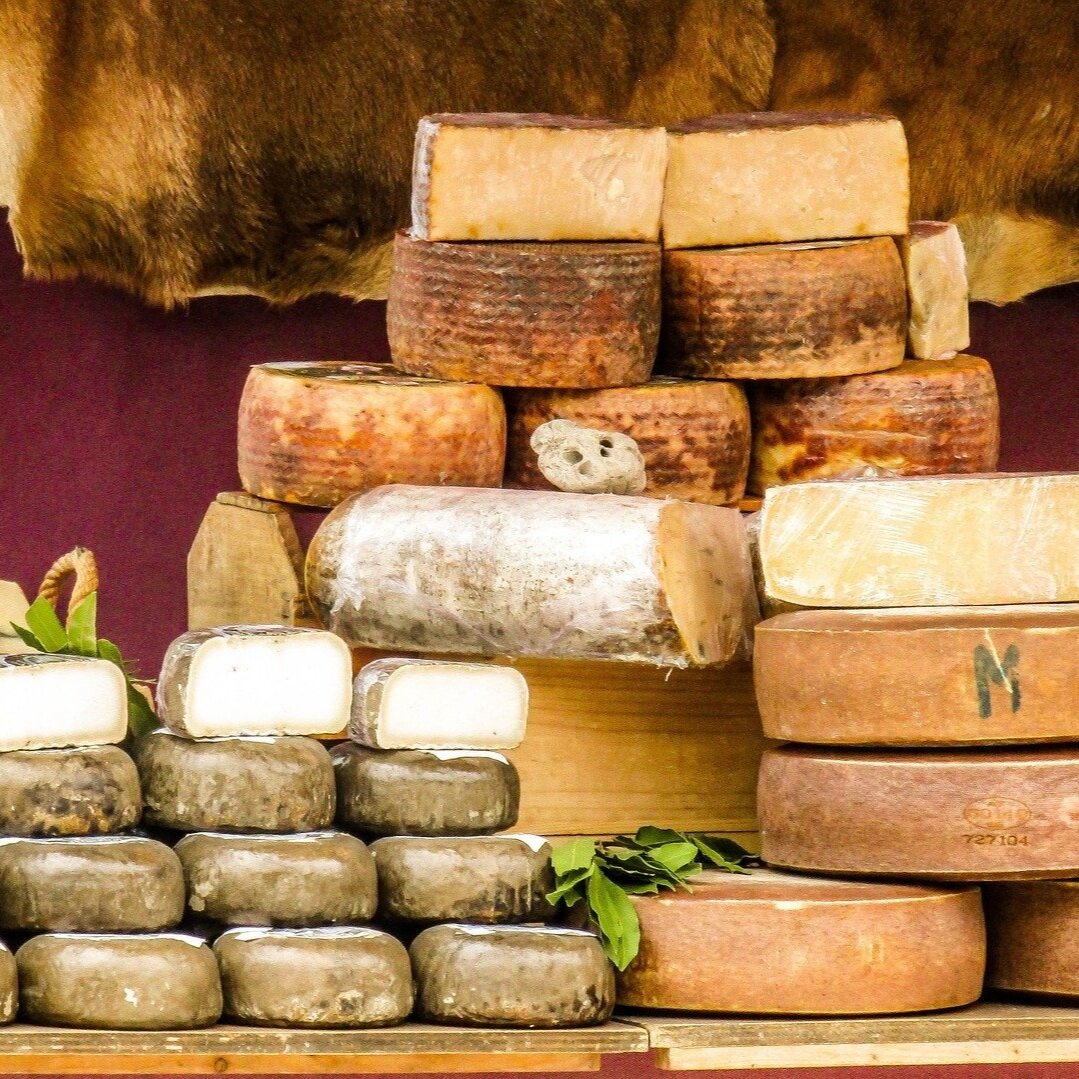 Queso
Queso
In Spain it is common to have one if not many different types of cheese to choose from on a menu or in a family home. In this post as a beginner’s guide to Spanish cheeses, we dive into the different types of cheese you can get together for a true Spanish cheese board. Of course, there are many different options but, if you are just getting started, this is a good place to begin experimenting.
Jamón
If you are not vegetarian, we highly recommend checking out this post we made as a beginner’s guide to Spanish jamón. Linking back to the times of the Catholic Kings of Spain (you can read more about them here), jamón was a way for Spanish people to show their true Catholic nature during the Inquisition as neither Muslims nor Jews eat pork products. In Spain, jamón has become such a stable in daily life that you will often find a leg of it in the kitchens of Spanish families and sometimes even as part of vegetarian dishes (truly, sometimes they don’t consider it to be meat, it is just “jamón”).
Olives
We have known many people who say that they didn’t like olives before coming to Spain. That is because the olives you will find here are nothing like the olives you are most likely buying from a can back home. Olives here are marinated over time with a variety of different flavors and you can find something to fit almost any taste. In a Spanish home or restaurant it would be unusual not to have any olives, so we recommend trying out a couple of different types of Spanish olives to find your favorites!
Olive oil
Good olive oil is an important addition to the things to keep in mind when cooking and eating real Spanish food. You can read more about our in depth post on olive oil here, but you should know that having good olive oil matters in Spain. As the number one producer of olive oil in the world, you definitely have a lot of options but even living outside of Spain we highly recommend choosing a good olive oil to accompany your food.
 Wine and Beer
Wine and Beer
Alcoholic beverages are often consumed in Spanish households, both at midday and also when going out for an evening tapa. That doesn’t mean that you have to have alcohol on the table (in fact, many people have soft drinks or non-alcoholic beer), but it is a traditional accompaniment to Spanish food and you will probably find that the drinking culture in Spain is a bit different to what you are used to.
If you are not sure what kind of Spanish drinks you like, check out this post on an introduction to Spanish wine and this one for all the wine-based drinks. Alternatively, if you are more of a beer person, we recommend this post for learning more about the beer culture in Spain.
We hope you have found something that you are interested in making and enjoying on this list! And we would like to ask you to share your favorite easy and healthy Spanish recipes with us in the comments below! If possible, please include how you accompany them.
Sincerely,
Spain




